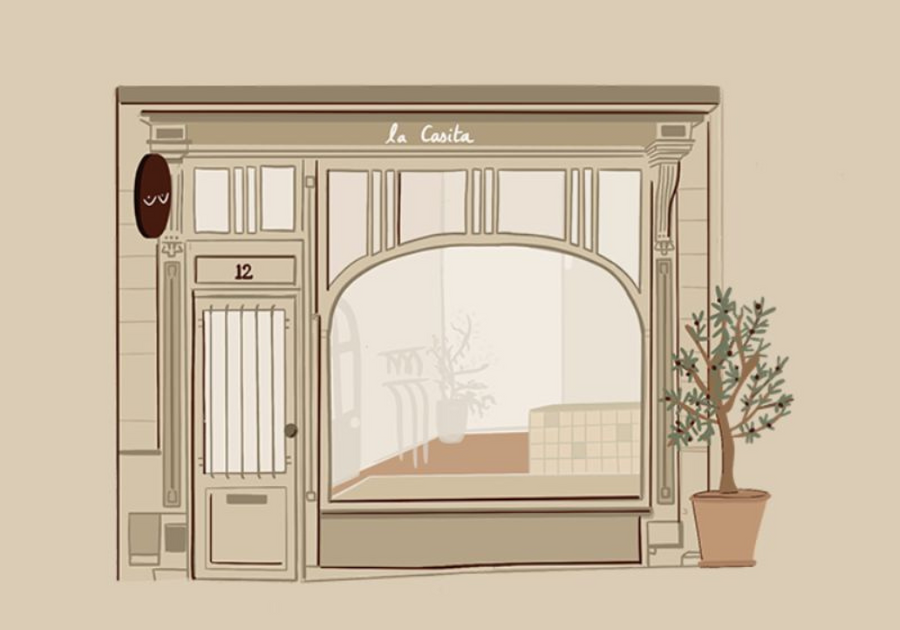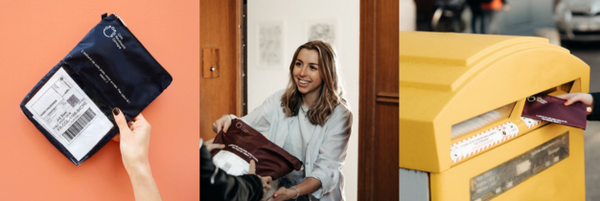

How to choose eco-responsible clothing?
The textile industry today represents a real threat to our environment and its disruption. This sector is one of the first that must evolve to be able to change the situation. However, this change begins first and foremost through our way of consuming : When to consume? Where to consume? Why consume? And how ? Finding eco-responsible clothing is no easy task in this world where fast fashion reigns.
So today we are going to help you choose eco-responsible clothing, swimsuits or lingerie . When we talk about eco-responsibility, we think directly of the raw material of the clothing. This observation is true, but not sufficient. Eco-responsible clothing is clothing whose production and life have a low impact on the environment. This is why the eco-responsibility of clothing does not only depend on its composition.
Discover the checklist for eco-responsible clothing.
1. The brand that creates the product
First, let's start by assessing the company's CSR involvement . To identify responsible clothing, the brand that produces it must already be responsible. Does it advocate ecological and responsible values? Does she care about the impact her production will have on the world? Does she aspire to a project of evolution and fight against global warming? Is it transparent with its customers?
At Nénés for example, our commitments are clearly stated: “Be a bomb without exploding the planet” .
Each action taken is considered in such a way as to have the least possible impact on the environment. Indeed, all our products are made in Portugal, using recycled fibers, our packaging is recycled and recyclable, and our customers have the possibility of making a donation to an association committed to the environment at the end of each order.
All these commitments make Nénés a truly eco-responsible brand!
2. Eco-responsible materials
After having done this first study, let's dive into the heart of the matter: the clothing itself. Indeed, there is something to analyze. As seen previously, there are certain raw materials to recommend and others to avoid.
Favor natural materials, made from plant fibers . It is best to use organic cotton, linen and hemp for example. Conversely, avoid conventional cotton which requires too high a dose of pesticides and water.
If you choose synthetic materials, it is better to opt for those that are recycled. Recycling is a great compromise to avoid waste linked to production! The others should be banned because they are among the most polluting: they are not recyclable and are made up of raw materials that pollute during production and use.
At Nénés, the choice of materials is an essential point in its commitment to the environmental cause . As seen previously, we use the vast majority of recycled materials: from the main fabric to the linings. Recycled, yes, but from what? Mainly plastic bottles crushed, cleaned and then returned to fiber condition.
Some of our models are also made from organic cotton, grown without pesticides or GMOs.
For loungewear and beachwear , we favor linen, a local material that consumes little water and is produced without pesticides. The plant flourishes naturally in the warmth of the sun and the water provided by the rain.
We also use organic cotton for our beachwear and loungewear collections which are made from fabric scraps, which avoids any waste.
4. Short circuits
65,000km is the distance a piece of clothing can travel.
Between the origin of the raw materials, the dyeing and even the manufacturing, a garment can travel thousands of kilometers. If this is the case, all the efforts made so far will be swept away by the enormous C02 emissions generated by long-distance transport. To maximize the short circuit, all stages must be located in a specific sector and as close as possible to each other.
At Nénés for example, we manufacture all our models in Portugal and our materials are European (Italy, Spain, Portugal, Holland).
Finally, our products are transported by truck to avoid the environmental impact of aircraft.
5. Maintenance and durability of the garment
Finally, although after all these checks we can declare loud and clear that your garment is eco-responsible, we must now look at its maintenance. If you buy eco-responsible clothing but don't maintain it properly, you risk two things:
- First, if your clothing is made from synthetic fibers (even recycled), it releases microparticles into your washing machine which will then end up in the water. At Nénés, we therefore recommend using protective nets or GuppyFriend when washing our lingerie products to limit water pollution as much as possible.
- In addition, a poorly maintained product is also a product that deteriorates more quickly and therefore will not last over time. Sustainability is key because an eco-friendly product is also a product that lasts and is passed on.
For Nénés, quality is one of our priorities, ourswimsuits , pajamas and lingerie sets are durable and ready to follow you over the years.
























